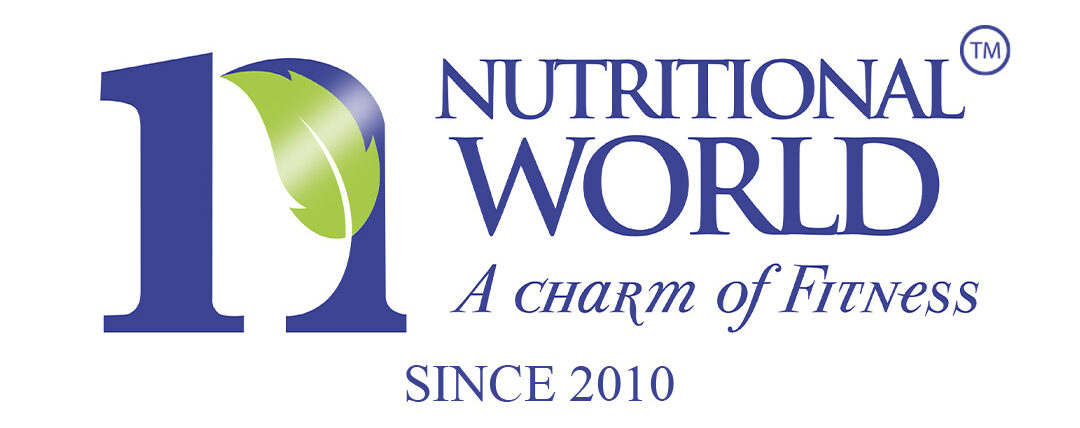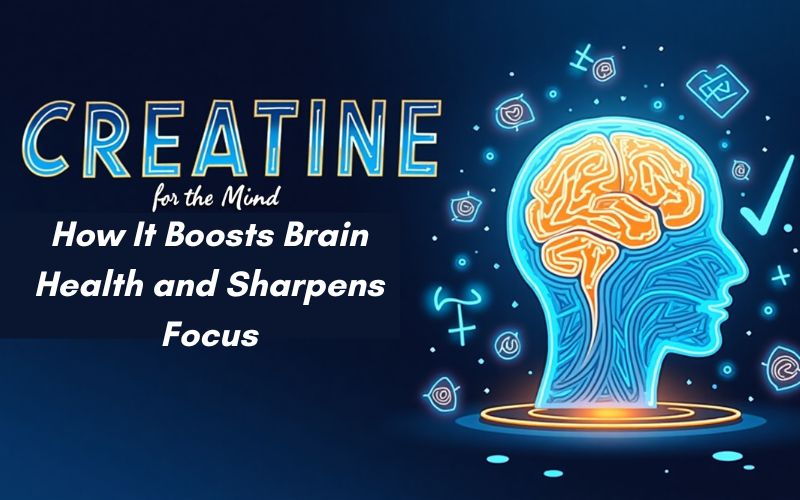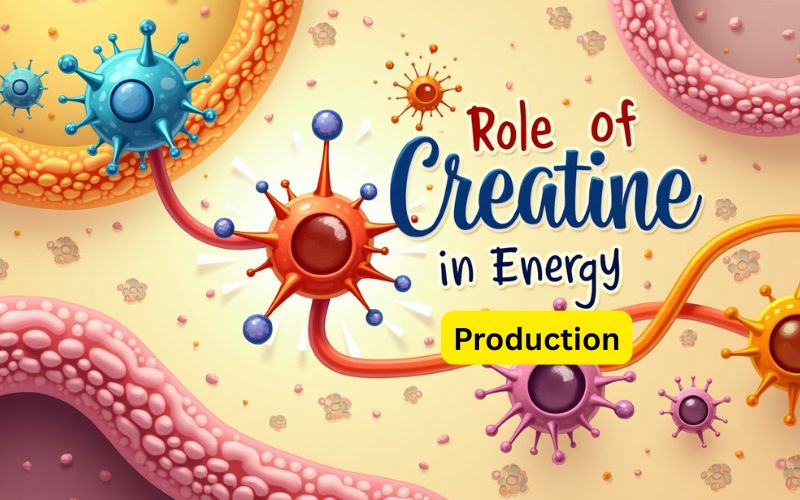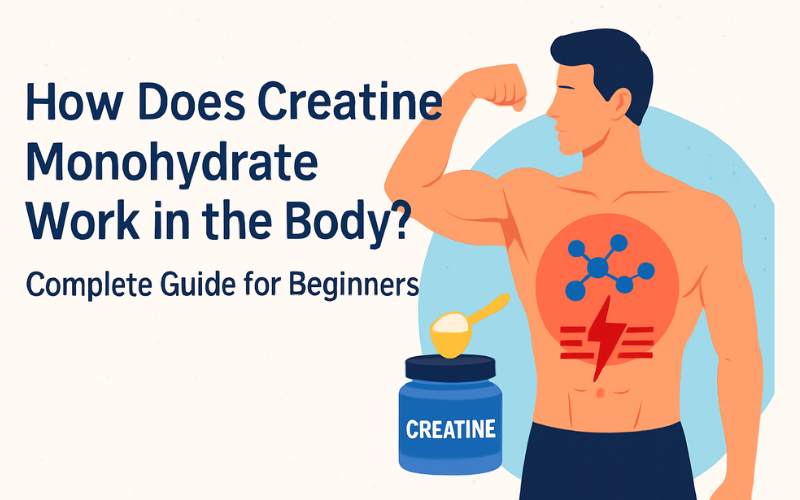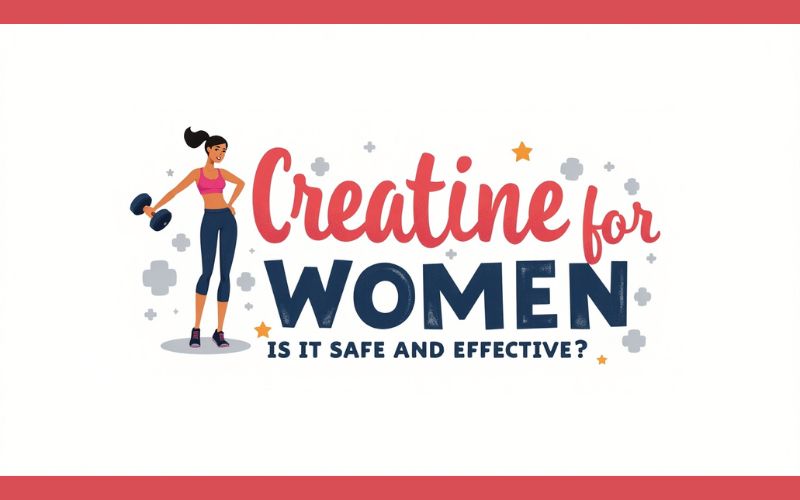Creatine monohydrate is one of the most researched dietary supplements in the world. It is a naturally occurring compound found in small amounts in foods such as red meat and fish, and it is also produced by the body in the liver, kidneys, and pancreas. Creatine plays a vital role in the production of adenosine triphosphate (ATP), the energy currency of your muscles.
Athletes, fitness enthusiasts, and even older adults use creatine to enhance strength, improve endurance, and support cognitive health. But the most common question is: is creatine monohydrate safe for daily use?
Table of Contents
Is Creatine Monohydrate Safe for Daily Use?
The short answer is yes. Research spanning more than two decades confirms that daily use of creatine monohydrate is safe for healthy individuals when taken in recommended doses (typically 3–5 grams per day).
Multiple peer-reviewed studies have shown that creatine does not harm kidney or liver function in healthy individuals, even with long-term use. Leading organizations like the International Society of Sports Nutrition (ISSN) also declare creatine as both safe and effective when used daily.
Health Benefits of Daily Creatine Use
Taking creatine monohydrate every day offers a wide range of benefits:
- Muscle strength and performance: Daily creatine enhances ATP availability, helping with high-intensity workouts, strength training, and explosive movements.
- Improved recovery: It reduces muscle fatigue and supports faster recovery between training sessions.
- Brain health: Emerging research suggests creatine may support cognitive function, memory, and mental performance.
- Hydration and muscle volume: Creatine draws water into muscles, promoting fullness and better nutrient delivery.
How to Take Creatine Monohydrate / Daily Dosage

For most people, the maintenance dose is 3–5 grams per day. There are two common methods of use:
- Loading phase: 20 g/day split into 4 doses for 5–7 days, followed by 3–5 g/day.
- No loading phase: Start directly with 3–5 g/day for steady benefits over time.
Creatine can be taken at any time of the day, though many athletes prefer it post-workout with carbs or protein to improve absorption.
Potential Side Effects of Daily Use
Creatine is generally well tolerated, but some users may experience minor effects such as:
- Temporary water retention or bloating
- Mild stomach discomfort if taken in high doses without food
- Slight weight gain due to increased muscle water storage
Myth-busting: Creatine does not damage kidneys in healthy people, and it does not cause hair loss—these are misconceptions not supported by science.
Who Should Avoid Daily Creatine?
Although creatine is safe for most, some groups should exercise caution or avoid it unless approved by a healthcare provider:
- Individuals with pre-existing kidney or liver disease
- Pregnant or breastfeeding women
- Minors who have not yet reached full physical development
When to Contact a Healthcare Provider
Seek medical advice if you notice:
- Persistent stomach pain or digestive discomfort
- Swelling or unusual fluid retention
- Any concerns related to existing medical conditions
Precautions and Interactions
- Hydration is key: Creatine increases water retention in muscles, so drinking adequate water is important.
- Medication interactions: People taking diuretics, nephrotoxic drugs, or blood pressure medications should consult their doctor.
- Combination with caffeine: Moderate caffeine use is fine, but excessive intake may reduce creatine’s effectiveness in some individuals.
How Long Can You Take Creatine Every Day?
Studies have shown creatine is safe for daily use up to 5 years or more without adverse health effects. Unlike stimulants or fat burners, creatine does not require cycling off. Consistency is actually more effective for long-term results.
Creatine Myths vs Facts
- Myth: Creatine damages kidneys.
Fact: No evidence in healthy individuals. Only caution in those with pre-existing kidney disease. - Myth: You must cycle creatine.
Fact: Continuous daily use is safe and effective. - Myth: Creatine is a steroid.
Fact: Creatine is a natural compound, not a hormone or steroid.
Frequently Asked Questions (FAQs)
- Can I take creatine monohydrate every day without cycling?
Yes. Studies show daily use of 3–5 g is safe and effective without the need for cycling. - Is daily creatine safe for kidneys?
For healthy individuals, yes. Those with kidney disease should consult a doctor first. - Do I need to stop taking creatine after some time?
No. Long-term studies show continued safety and effectiveness. - Is creatine safe for beginners?
Absolutely. Beginners can safely use creatine if they follow the recommended dosage. - Does daily creatine work for non-athletes too?
Yes. Research shows potential benefits for cognitive function and overall energy metabolism.
Conclusion: Safe and Effective When Used Correctly
Creatine monohydrate remains one of the safest and most beneficial supplements available. Daily use in recommended doses supports strength, recovery, and even brain health without harmful side effects in healthy individuals.
If you’re considering creatine, ensure you choose a pure, high-quality product and always consult a healthcare professional if you have pre-existing conditions.
👉 Ready to add creatine to your routine? Explore premium, halal-certified supplements at www.nutritionalworld.com.pk
